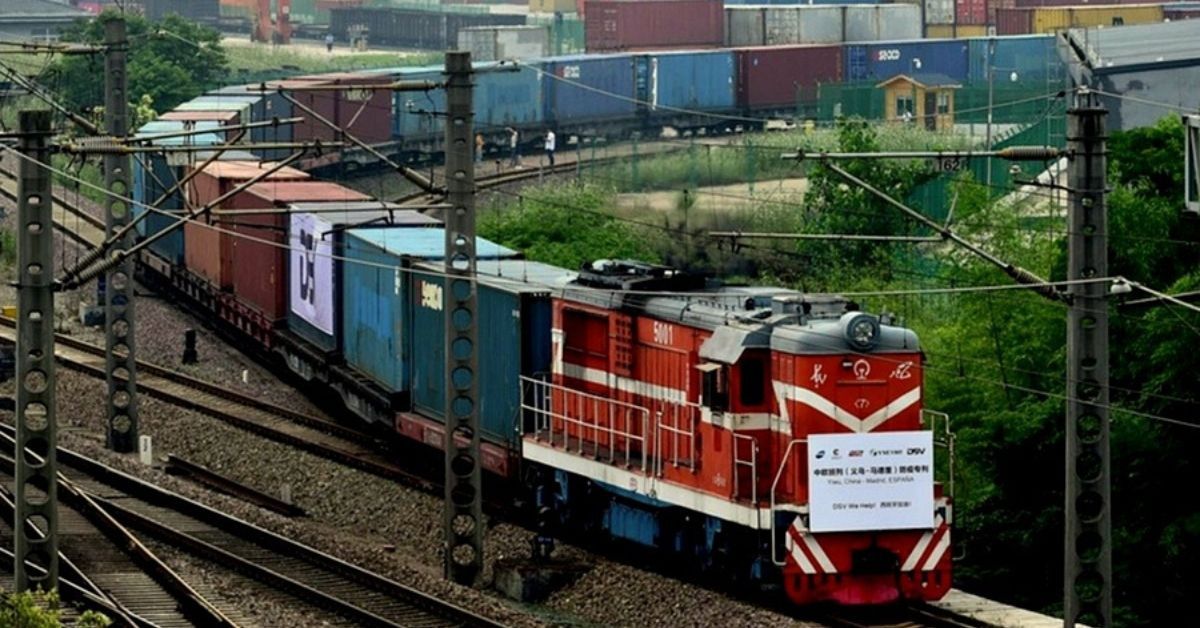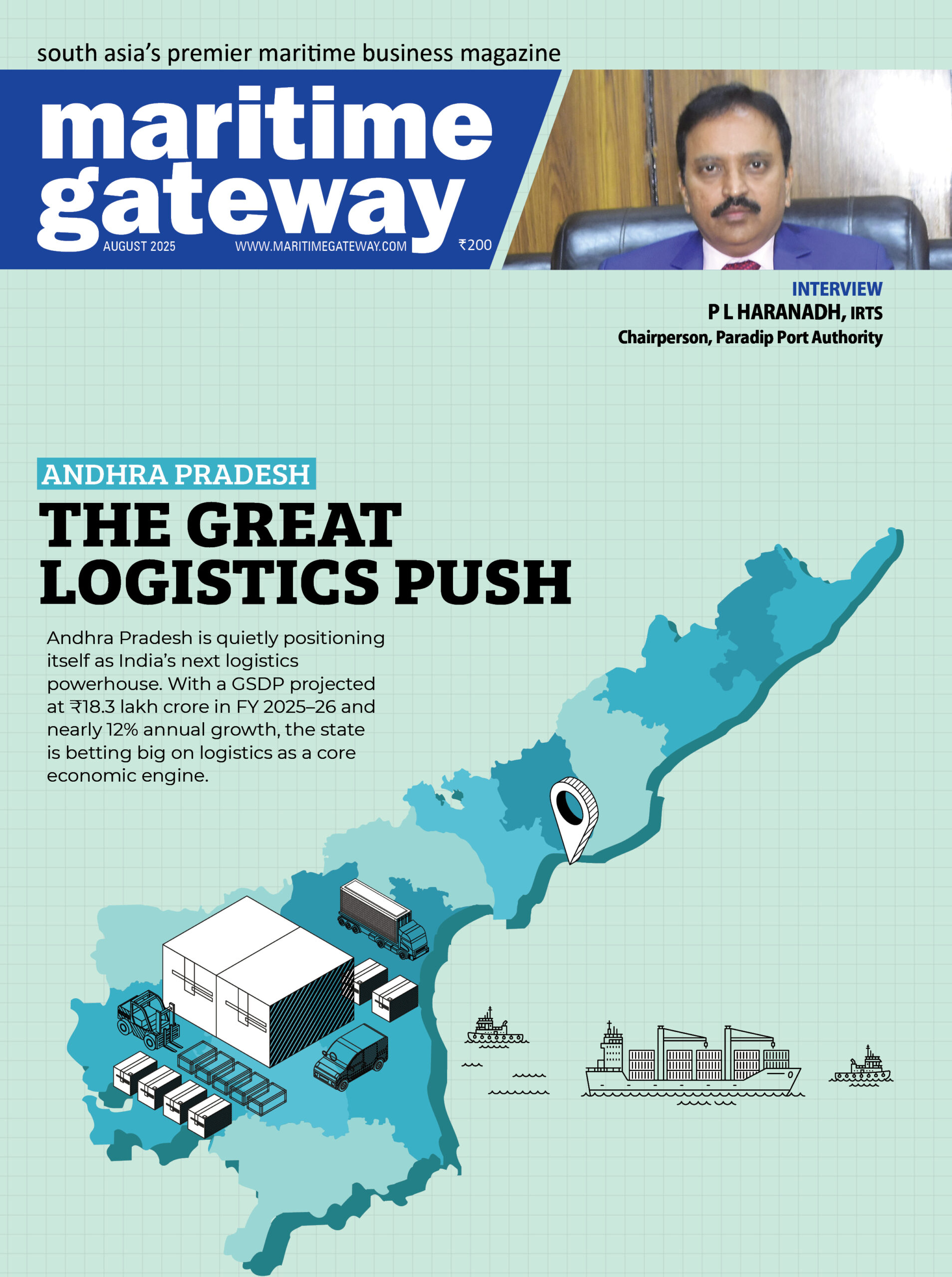Three months before the planned commissioning in December 2025, the Dedicated Freight Corridor Corporation of India (DFCCIL) is anticipated to finish the final segment of the western dedicated freight corridor (WDFC) by October 2025, an official from the DFCCIL told FE. The full 2843-kilometer DFC project will be finished after the Vaitarna to JNPT segment is finished.
DFC operations in Maharashtra began on April 27 when DFCCIL conducted a speed trial run on the 75-km New Umbergaon Road-New Saphale double line stretch. With track, overhead equipment (OHE), signaling, and telecommunications systems, this line is completely prepared. Following the railway board’s clearance, this line will be active. The official stated, the land has been acquired on the remaining 32 km stretch, and the track linking work is currently underway.
The DFCCIL had originally planned to fully commission WDFC by March 2025, however executional issues caused the commissioning to be rescheduled for December of this year. The approaching wet season may make it difficult to finish the last phase of work, according to experts.
The two lanes will relieve freight traffic, lower overall logistics costs, and boost productivity, even if the Eastern dedicated freight corridor (EDFC) was fully commissioned in 2024. For example, although the DFC network only makes up 4% of the entire Indian railway network, it already transports 14% of all freight on the rail system. Additionally, the average speed of DFC trains is 55–60 kmph, more than twice the average speed of Indian railways, which is 18–20 kmph.
The railroads, which are suffering significant losses in the passenger market, are finding that the DFCs are lucrative sources of income. DFCCIL MD Praveen Kumar stated in a February interview with FE that these two corridors will cost Rs 1.24 lakh crore, with a 9% financial rate of return. While EDFC links power plants in the northern states of Uttar Pradesh, Delhi, Haryana, Punjab, and Rajasthan with coal resources in Eastern India, WDFC traffic is mostly made up of containers with some movement of imported coal, fertilizers, and food grains.









